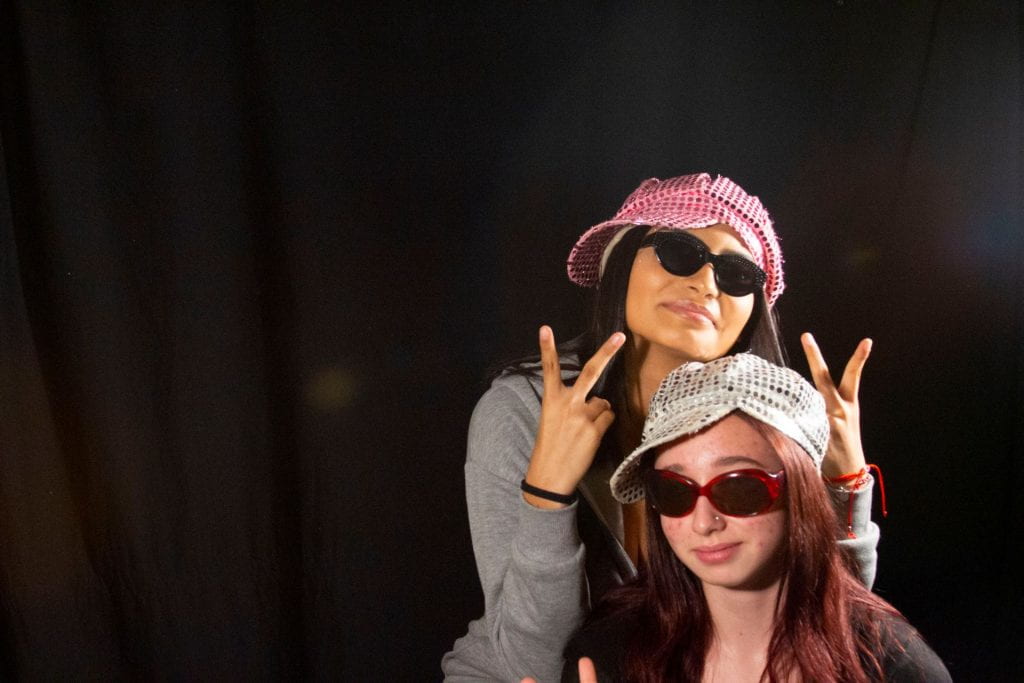HDR means high dynamic range and and it ranges the lightest and darkest tones in photos. The higher dynamic range your camera has, the closer the photo will compare to what an eye can see. This means that you’ll be able to capture more details in the shadows that might otherwise appear pure black, and you’ll be able to see details in the highlights that might otherwise be washed out with white.












